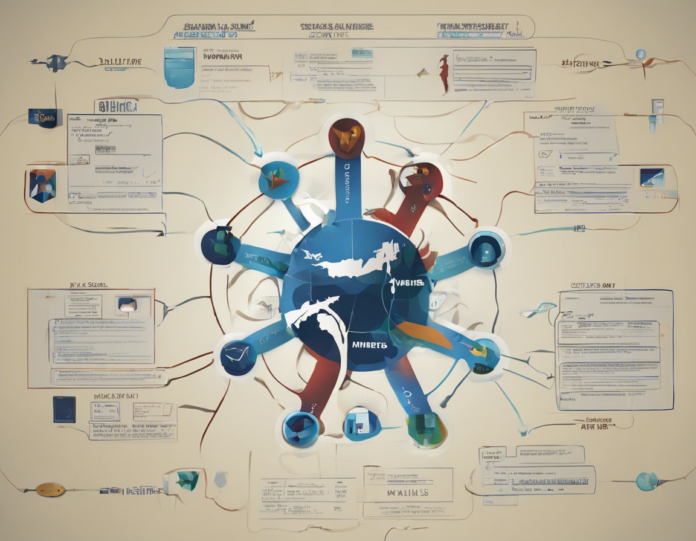In the fast-paced world of occupational safety and health, keeping track of multiple processes, protocols, and incident reports can be a daunting task. Ensuring the safety and well-being of employees is a top priority for any organization, and one of the key tools that can help achieve this goal is Electronic Medical Records (EMRs). EMRs are digital versions of the paper charts in a clinician’s office and contain the medical and treatment history of patients in one practice. In the context of Job Safety Analysis (JSA), EMRs play a crucial role in streamlining workplace safety procedures, improving incident response times, and enhancing overall organizational efficiency.
The Evolution of EMRs in Occupational Safety
Historically, workplace safety measures relied heavily on manual processes and paper-based documentation. However, with technological advancements, the integration of EMRs in job safety analysis has revolutionized the way organizations manage and monitor occupational health and safety. By digitizing medical records and incident reports, organizations can streamline communication, track trends, and make data-driven decisions to enhance workplace safety protocols.
Benefits of Using EMRs in JSA
-
Centralized Data Management: EMRs provide a centralized platform for storing and accessing critical information related to employee health records, incident reports, and safety protocols. This centralized approach ensures that all stakeholders have real-time access to important data, enabling quick decision-making in emergency situations.
-
Improved Incident Reporting: EMRs streamline the incident reporting process by allowing employees to quickly document and report injuries or occupational hazards. This real-time reporting mechanism enhances incident response times, thereby minimizing the impact of workplace accidents and injuries.
-
Data Analysis and Trend Identification: By digitizing medical records and incident reports, organizations can leverage data analytics tools to identify trends, patterns, and potential risks in the workplace. This proactive approach enables organizations to implement preventive measures and mitigate risks before they escalate into serious incidents.
-
Integration with Safety Training Programs: EMRs can be integrated with safety training programs to ensure that employees receive relevant and up-to-date information on workplace safety protocols. By linking medical records with training modules, organizations can tailor safety programs to address specific health concerns or occupational risks.
-
Cost-Efficiency and Time Savings: By automating manual processes and minimizing paperwork, EMRs help organizations save time and reduce administrative costs associated with managing medical records and incident reports. This cost-efficiency allows organizations to allocate resources to other critical areas of occupational safety and health.
Challenges and Considerations
While the implementation of EMRs in JSA offers numerous benefits, organizations may encounter challenges such as data security concerns, training requirements for staff, and integration with existing systems. It is essential for organizations to address these challenges proactively and develop comprehensive strategies to maximize the potential of EMRs in enhancing workplace safety.
FAQs (Frequently Asked Questions)
-
How secure are EMRs in safeguarding sensitive employee information?
EMRs use advanced encryption and security protocols to protect sensitive data and comply with regulatory standards such as HIPAA (Health Insurance Portability and Accountability Act). -
Can EMRs be accessed remotely in case of emergency situations?
Yes, EMRs can be accessed remotely, enabling authorized personnel to retrieve critical information during emergency response scenarios. -
What are the key features to look for when selecting an EMR system for JSA?
Key features to consider include user-friendly interface, customization options, data analytics capabilities, compatibility with existing systems, and robust security measures. -
How can EMRs enhance compliance with occupational safety regulations?
EMRs facilitate documentation and tracking of safety protocols, incident reports, and training compliance, thereby enabling organizations to demonstrate adherence to occupational safety regulations. -
Are there any specific training requirements for employees to use EMRs effectively in JSA?
Training programs on EMR utilization, data entry protocols, privacy regulations, and incident reporting procedures are essential to ensure employees can effectively use EMRs in JSA.

